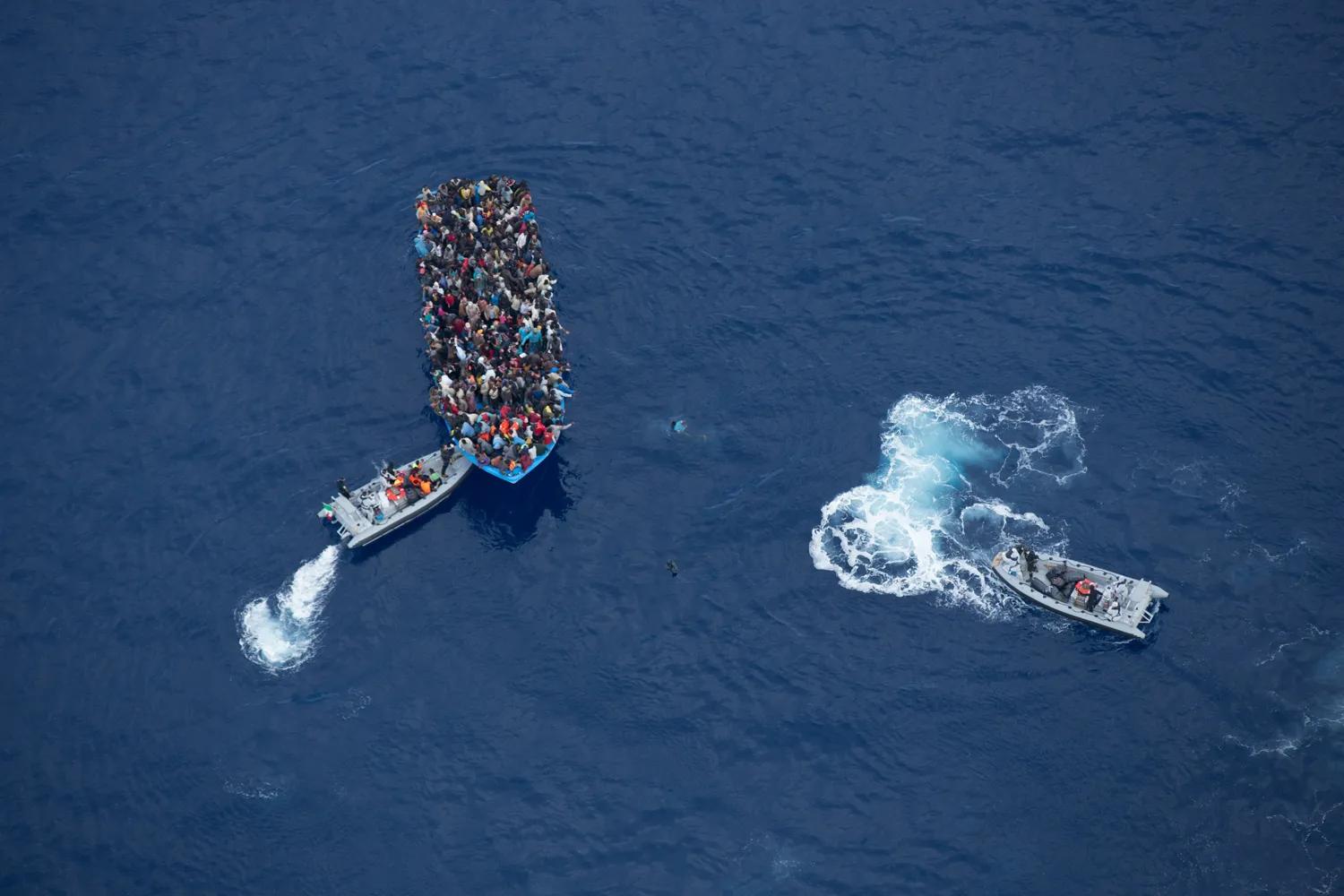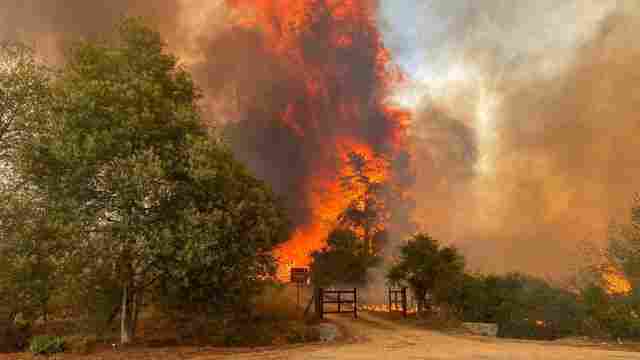
Stanford, United States (Enmaeya News) — As global temperatures rise, climate-related migration is expected to increase, but a new study shows the reality is far more complex than mass population flows.
Published in Nature, the study finds that demographic factors—such as age, education, gender, and economic status—play a decisive role in who moves and who remains trapped amid worsening climate hazards.
Extreme weather events, including heatwaves, droughts, and floods, may prompt some to migrate, while simultaneously preventing others from leaving, said Professor Helen Benfinist, an environmental social sciences expert at Stanford University and lead author of the study. “Migration decisions remain strongly linked to specific social and demographic characteristics,” she said.
The researchers analyzed over 125,000 cross-border migrations and nearly half a million internal displacements, linking each case to detailed climate records including temperature, rainfall, and soil moisture. Their predictive model explained migration patterns twelve times more accurately than previous efforts.
The study found that older adults and those with lower education levels were most likely to migrate, often due to economic vulnerability, while highly educated adults showed little change in movement following climate shocks, reflecting greater adaptive capacity.
The findings also reveal a “double burden” for vulnerable populations: limited local adaptation options and little capacity to migrate. Regional climate factors further influence patterns. In tropical areas, heatwaves spurred migration among educated groups, whereas droughts in arid regions mainly pushed low-educated farmers to move locally.
“These results challenge the stereotype of massive human flows due to climate change,” the study notes. “The issue is not total numbers, but who migrates.”
By 2050, the International Organization for Migration estimates that up to 216 million people could be displaced by extreme weather. Regions most at risk include Sub-Saharan Africa, East Asia and the Pacific, South and North Asia, Latin America, and parts of Europe and Central Asia.
Benfinist stressed the importance of policies that support both those able to migrate and those who cannot, through infrastructure, adaptation tools, and long-term solutions like drought-resistant crops and advanced agricultural technologies. “At its core, this issue is about people, not numbers,” she said.






